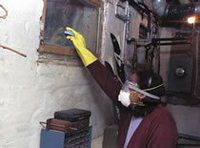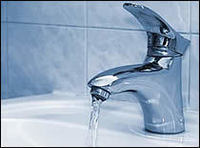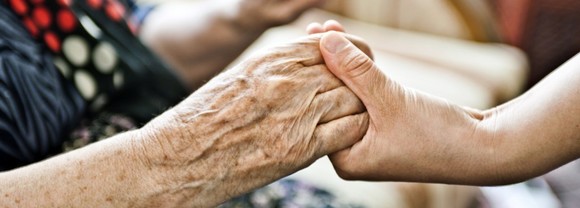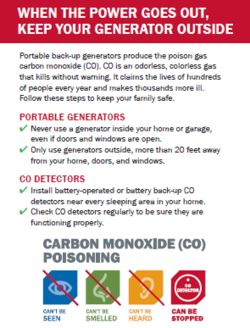Returning Home After the Storm
|
Be
sure to wait to return home until authorities say it is safe to do so. Returning to your
home after the storm can present a whole new set
of dangers, including downed power lines, flooded roads, and the
difficult work of cleaning up. When returning to a home that’s been flooded
after natural disasters such as hurricanes and floods, be aware that your
house may be contaminated with mold or sewage, which can cause health risks
for your family.
Click
the image or here to
review the "Homeowner's and Renter's Guide to Mold Cleanup After
Disasters".
|
|
Additional
resources about returning home after a disaster can be found here:
|
 |
Turn Around, Don't Drown®
It
takes just 12 inches of flowing water to carry off a small car and 18 to 24
inches for larger vehicles. Over half of all flood-related drownings happen
when a vehicle is driven into hazardous flood water. People underestimate
the force and power of water. If you see a flooded road, turn
around, don't drown!
Stay Safe and Healthy
It’s
important to remember that the danger isn’t over when the storm ends. Get tips
for how to keep your family safe after a hurricane.
 |
Use Generators Safely to Avoid Carbon Monoxide Poisoning
|
Carbon
monoxide is an odorless, colorless gas. Generator use is a major cause of
carbon monoxide poisoning. Generators should only be used in well ventilated
areas because carbon monoxide can build up indoors and poison
people and animals who breathe it.
Click
the image or here to
read tips on how to use your generators safely to avoid carbon monoxide
poisoning.
|
Protect Yourself & Loved Ones

Be
prepared to cope
with feelings of fear, grief and depression after Hurricane Harvey.
The
Disaster Distress Helpline provides 24/7, year-round crisis counseling and
support. Call 1-800-985-5990 (TTY for deaf/hearing impaired: 1-800-846-8517) or
text TalkWithUs to 66746.
Click
the links below to see how you can prepare and plan in order
to protect those you love during emergencies.


